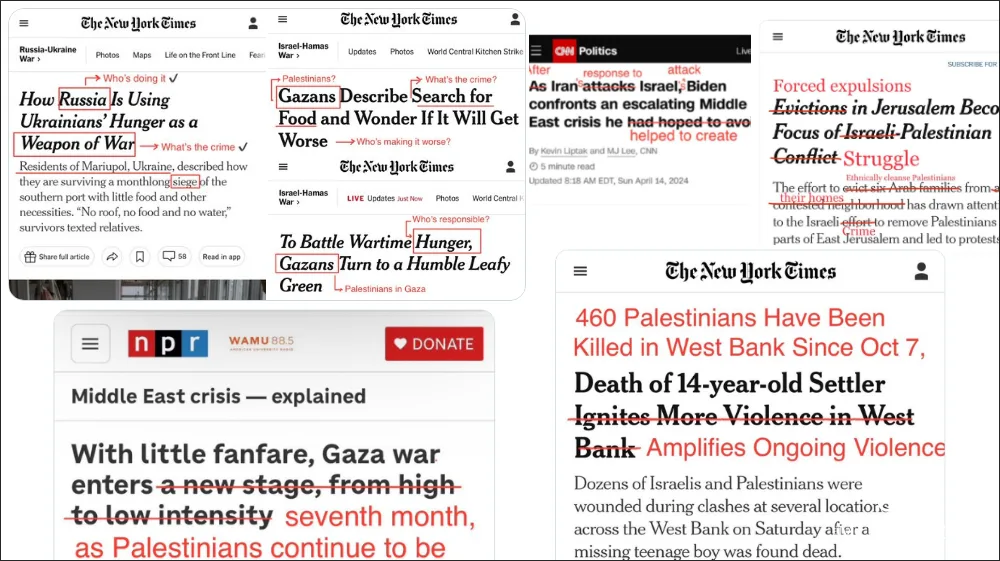International investment, in both the national real estate market and New York City specifically, has been on the decline this year, thanks to shifting geopolitics.
Despite rising property values nationwide, year-over-year sales fell from $153 billion to $121 billion, according to a study released by the National Association of Realtors last month, accounting for a 21 percent decline.
NAR’s report doesn’t break down trends by state, but local experts say New York has seen fewer foreign homebuyers this year too, particularly from China, Russia and Turkey, where governments have cracked down on expatriating money.
Edward Mermelstein, a real estate lawyer who specializes in foreign transactions, said this pullback has allowed investors from elsewhere to play an outsized role in the market.
“There are substantially fewer investors from China, the former Soviet Union and Greater Asia than we’ve seen in years past,” Mermelstein said.
“What we’re seeing more is investment from the Middle East, which has experienced a relative uptick that’s come from the fact that there’s a better relationship being built with Saudi Arabia.”
Along with foreign monetary policies, part of the year-over-year decline can be attributed to a normalization following last year’s record sales volume, when overseas buyers accounted for 10 percent of housing purchases. From April 2017 to March 2018, foreigners made up eight percent of the U.S.’s $1.6 trillion of real estate sales.
Lawrence Yun, NAR’s chief economist, said 2018’s hangover puts it on par with 2016 and reflects well on the strength of the national economy.
“Inventory shortages continue to drive up prices and sustained job creation and historically-low interest rates mean that foreign buyers are now competing with domestic residents for the same, limited supply of homes,” Yun said in a press release.
In New York and around the country, China remains the biggest and most important source of foreign real estate investment despite central government efforts to limit money leaving the country. Chinese buyers purchased 40,400 homes for $30.4 billion, a four percent dip year-to-year.
Canadian buyers, most of whom were in the market for warm-weather vacation homes, are a distant second at $10.5 billion, a 45 percent drop from last year. The U.K., India and Mexico round out the top five.
National real estate trends, of course, differ from those in New York City.
Around the country, two-thirds of foreign purchases were detached single-family homes used as primary residences; the average sales price was less than $300,000. Meanwhile, in Manhattan, most of these buyers are looking to pay $1 million or more on investment condos.
Although 2017 was a high-watermark for the U.S. as a whole, Mermelstein said he’s seen a downward trajectory in New York’s international sales velocity for the past several years, despite rampant new development in the city.
“From around 2009-10 to 2014, we did a little over $4 billion of business in terms of closures,” he said. “After 2015-16 it dropped off substantially and in the past four or five years, the market as a whole is down to about a quarter of what it was.”
Gabriel Bedoya, a Corcoran broker who specializes in international buyers, has a more optimistic view of the market.
Although sales volume has been down this year, the amount of money being spent has not changed dramatically, Bedoya said, a nod to rising property values. The fact that higher prices have not deterred buyers bodes well for market confidence, he added.
“There is a perceived safety in new investment here,” he said. “We have a reputation that we have a strong market and that, over time, your money will always grow.”
While China looks to be the main source of foreign buyers for the foreseeable future, Bedoya continues to see interest from England, Spain and Italy. He also has an upcoming trip planned to explore the growing demand in Portugal.
“The Portuguese market has been doing very well and I have received several inquirers from buyers there, so I’m going to go and start a dialogue,” he said. “Real estate in New York is different from anywhere else in the world so it’s important to educate them before they even start looking at homes.”
Mermelstein said buyers from Saudi Arabia and its Middle Eastern allies began to embrace New York real estate last year after the fervor over the White House’s anti-Islamic travel ban subsided and President Trump paid a visit to the kingdom.
These investors, Mermelstein said, have targeted the city’s most stable real estate markets.
“It’s a matter of new money versus old money,” he said. “If your money is newer, you tend to stick to the most well-known areas, Billionaires Row, Tribeca and Central Park, parts that are covered more in the press.
“The older your wealth is, you tend to go to areas that are seen as long-term investments,” he added. “Western Europe, for example, is comfortable extending out to parts of Brooklyn and Queens.”
This article originally appeared on rew-online.com







